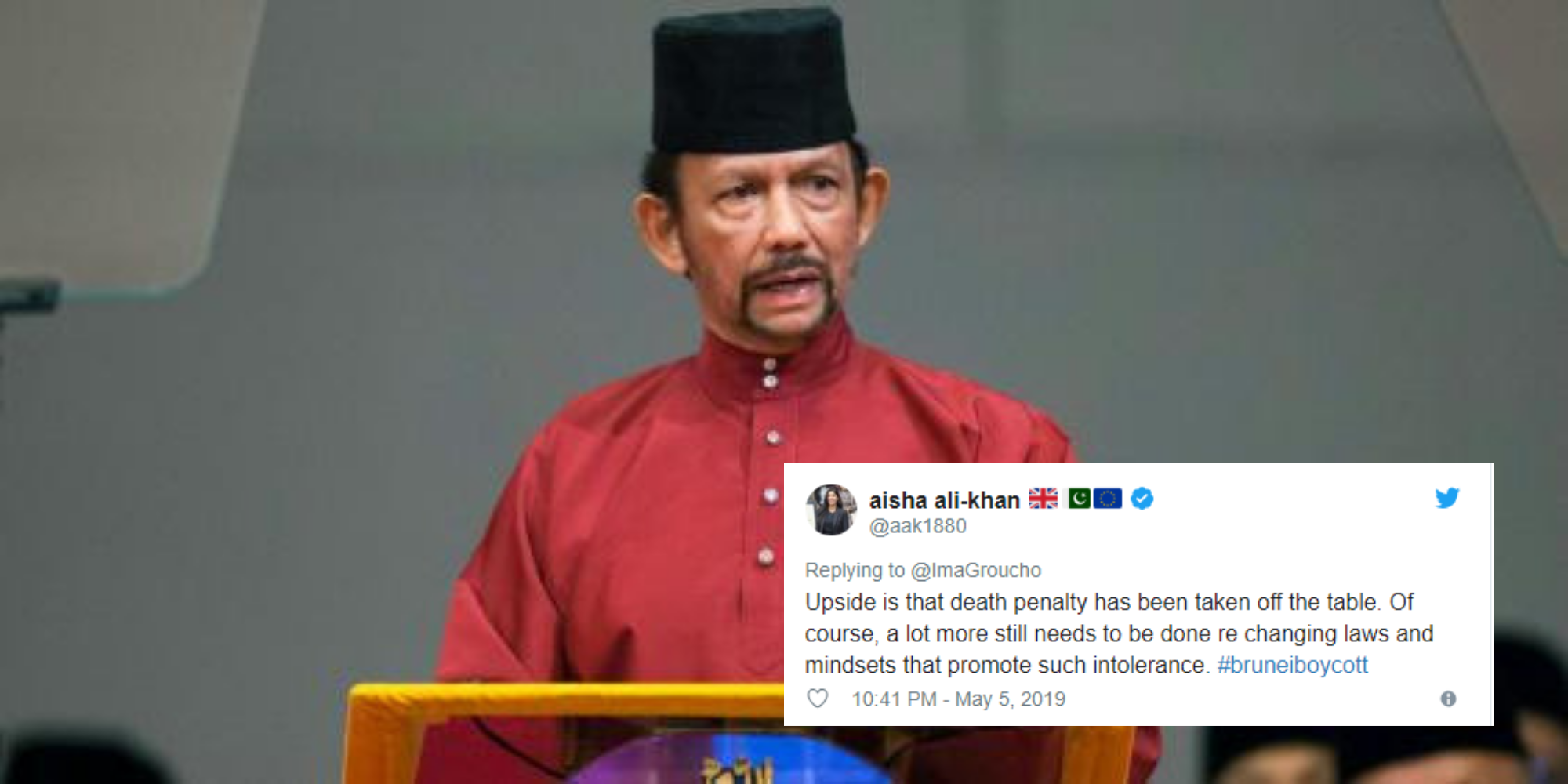Trump retweets QAnon account spreading conspiracy theories and Islamophobia
WELL OF COURSE HE DOES
While it is usually president Trump's tweets that catch people's attention, it is easy to overlook his retweets, which are equally as important.
On the same day the president defended far-right activists recently banned from Facebook, he also happened to retweet a video from a conspiracy theory account spreading Islamophobic messages.
The tweet in question came from an alt-right account called "Deep State Exposed", which regularly posts conspiracy theories and Islamophobic content. Some of its previous conspiracies include Kim Jong Un being a CIA asset, and that well-known Democrats are being secretly being monitored.
The tweet Trump retweeted to his 60 million followers contained a video in which a man says they would "kill Americans" if they don't allow Muslims to follow their religion.
It came alongside the caption: "The 'elite' proclaim America must submit to Islam or else", with intent to spread Islamophobia.
The video has since been watched over half a million times, with the account's creator, Jeremy Stone, boasting that the president has retweeted his account nine times.
This is not the first time Trump has retweeted Islamophobic content. In 2017, he drew outrage after retweeting three anti-Muslim propaganda videos, which originally were posted by the former leader of Britain First, Jayda Fransen.
He also recently posted an edited video on Twitter suggesting links between Democratic congresswoman Ilhan Omar and the 9/11 attacks.
Trump Retweets Far-right, 9/11 Conspiracy Theorist Recently Banned From Facebook
Trump retweeted Paul Joseph Watson, former editor-at-large of Alex Jones' InfoWars.com, who once pushed the theory that 9/11 was perpetrated by the U.S. government
U.S. President Donald Trump criticized social media companies after Facebook banned a number of extremist figures, declaring that he was “monitoring and watching, closely!!”
Trump, who tweeted and re-tweeted complaints Friday and Saturday, said he would “monitor the censorship of AMERICAN CITIZENS on social media platforms.” He has previously asserted that social media companies exhibit bias against conservatives, something the companies have rejected as untrue.
The president’s comments came after Facebook this week banned Louis Farrakhan, Alex Jones and other extremists, saying they violated its ban on “dangerous individuals.” The company also removed right-wing personalities Paul Nehlen, Milo Yiannopoulos, Paul Joseph Watson and Laura Loomer, along with Jones’ site, Infowars, which often posts conspiracy theories. The latest bans apply both to Facebook’s main service and to Instagram and extend to fan pages and other related accounts.
On Saturday, Trump retweeted a message from Watson urging his followers to “keep up the pressure,” and a second wondering why his opinions should be deemed “dangerous.” Watson previously served as editor-at-large of Alex Jones' website InfoWars.com, promoting conspiracy theories online - including the theory the 9/11 terror attack in the U.S. were perpetrated by the U.S. government.
Facebook’s move signaled renewed effort by the social media giant to remove people and groups promoting objectionable material such as hate, racism and anti-Semitism. The company said it has “always banned” people or groups that proclaim a violent or hateful mission or are engaged in acts of hate or violence, regardless of political ideology.
On Twitter, Trump cited a number of individuals he said were being unfairly treated by social media companies, including Watson and actor James Woods. He insisted it was “getting worse and worse for Conservatives on social media!”
Woods, one of Hollywood’s most outspoken conservatives, has had his Twitter account locked. Twitter spokeswoman Katie Rosborough said Woods will need to delete a tweet that violated Twitter rules before he can be reinstated.
Trump tweeted: “How can it be possible that James Woods (and many others), a strong but responsible Conservative Voice, is banned from Twitter? Social Media & Fake News Media, together with their partner, the Democrat Party, have no idea the problems they are causing for themselves. VERY UNFAIR!”
Rosborough said Twitter enforces its rules “impartially for all users, regardless of their background or political affiliation.”
Trump, who uses Twitter extensively to push his message, recently met with Twitter CEO Jack Dorsey at the White House after attacking the company and complaining that it was not treating him well because he was a Republican. He later described it as a “great meeting.”
The president had more than social media on his mind Saturday. Trump also tweeted that he was holding out hopes for a deal with North Korea on its nuclear program, as well as improved relations with Russia, now that he feels the special counsel investigation is behind him.
Social media posts keep repeating Trump's lies — and the way they do it
is a problem
Trump is really good at lying, something major media outlets
don't know how to handle.
With 10,000 lies
to his name, Donald Trump is a pro at putting out false
or misleading information. Unfortunately, many of the people who are tasked
with informing the public are inadvertently helping him do just that.
A new study from
the journalism watchdog organization Media Matters for America (MMFA) has found
that news outlets frequently amplify Trump’s falsehoods by putting uncontested
For example, an outlet will tweet out something like “President Trump says
the Russia investigation was a ‘coup’,” rather than something like “President
Trump falsely claims that the Russia investigation was a ‘coup.'”
How frequently does this occur, precisely? According to the study, 35
percent of the time, major media outlets amplify, rather than report and
contest, a false Trump statement — that’s an average of 19 times per day.
The study examined over 2,000 tweets sent out from 32 Twitter accounts
belonging to major news outlets. All tweets were sent between January 26 and
February 15, the period of time from the end of the 2018 federal shutdown to
the final agreement, and Trump’s declaration of a national emergency at the
border.
Of all the tweets about Trump's statements, 30 percent referenced
something he said that was false and misleading. Of those tweets, 35 percent
did not refute the false statement. That’s a total of 407 tweets that
amplified, rather than corrected, Trump’s misinformation — an overall
average of 19 tweets per day during that stretch of time.
The outlets analyzed included wire services like the Associated Press and
Reuters, network outlets and television shows like NBC and ABC, newspapers like
the New York Times and Washington Post, and
online publications like Politico and The Hill. The Washington Post had
the best track record, simultaneously reporting on and correcting Trump’s
statements, 89 percent of the time. The Hill was the biggest offender,
repeating Trump’s false claims with no correction 88 percent of the time.
Of course, only 8 percent of Americans are on Twitter
(based on Twitter’s most recent
user numbers). But the tweets these outlets send could
reflect how they’re presenting the news in headlines and elsewhere. That’s
concerning since research has shown that reading headlines and social media,
not full stories, is a common way people get their news; one recent
studyfrom the American Press Institute found that, in
the past week, 60 percent of Americans had not delved deeper into a story than
the headlines.
This means that, through the
power of repetition, not only might media outlets be
helping Trump spread lies — they could be cementing those lies as truth in the
minds of readers.














